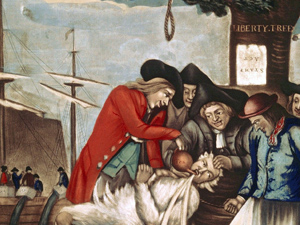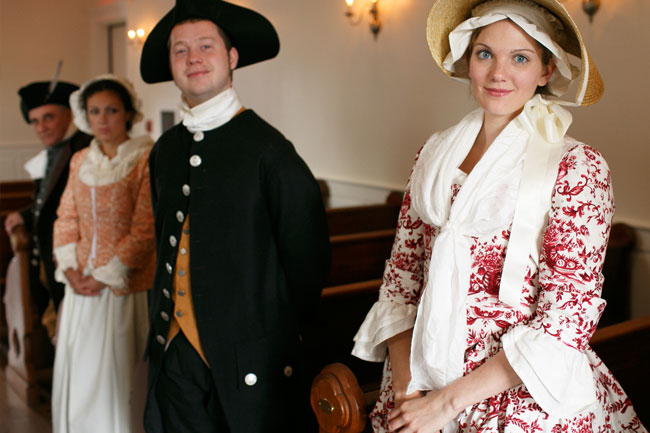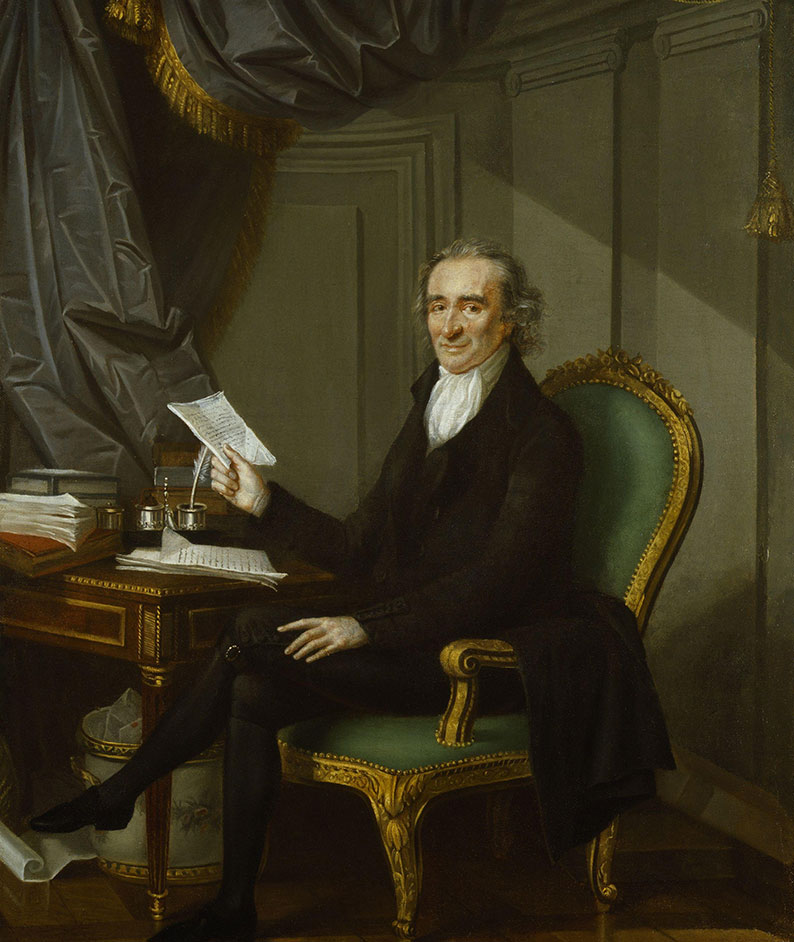Sons of Liberty: The Masterminds of the Boston Tea Party
The Sons of Liberty, a well-organized Patriot paramilitary political organization shrouded in secrecy, was established to undermine British rule in colonial America and was influential in organizing and carrying out the Boston Tea Party. The origins and founding of the Sons of Liberty is unclear, but history records the earliest known references to the organization to 1765 in the thriving colonial port cities of Boston and New York. More than likely, the Boston and New York chapters of the Sons of Liberty were deliberately established at the same time and worked as an underground network in conjunction with each other. It is believed the Sons of Liberty was formed out of earlier smaller scale like-minded Patriot organizations such as the “Boston Caucus Club” and “Loyal Nine.” Membership was made up of males from all walks of colonial society but was notorious in recruiting tavern mongers, wharf rats, and other seedy characters looking to cause trouble. Under the cover of darkness, the Boston chapter of the organization held their meetings under the “Liberty Tree,” and the New York chapter under the “Liberty Pole.” The “Liberty Tree” was located in Hanover Square, “the most public part” of Boston and was a 120-year-old “stately elm” with branches that “seem’d to touch the skies” according to the Boston Gazette. Taverns, with owners sympathetic to the Patriot cause, were also the favorite meeting places of the Sons of Liberty. The Green Dragon Tavern in Boston was the tavern of choice for meetings of the Sons of Liberty. Despite very little documentary evidence as to the origins of the organization, Boston Patriot Samuel Adams is often credited as being the founder and leader of the Sons of Liberty. The Sons of Liberty was most likely organized in the summer of 1765 as a means to protest the passing of the Stamp Act of 1765. Their motto was, “No taxation without representation.”





